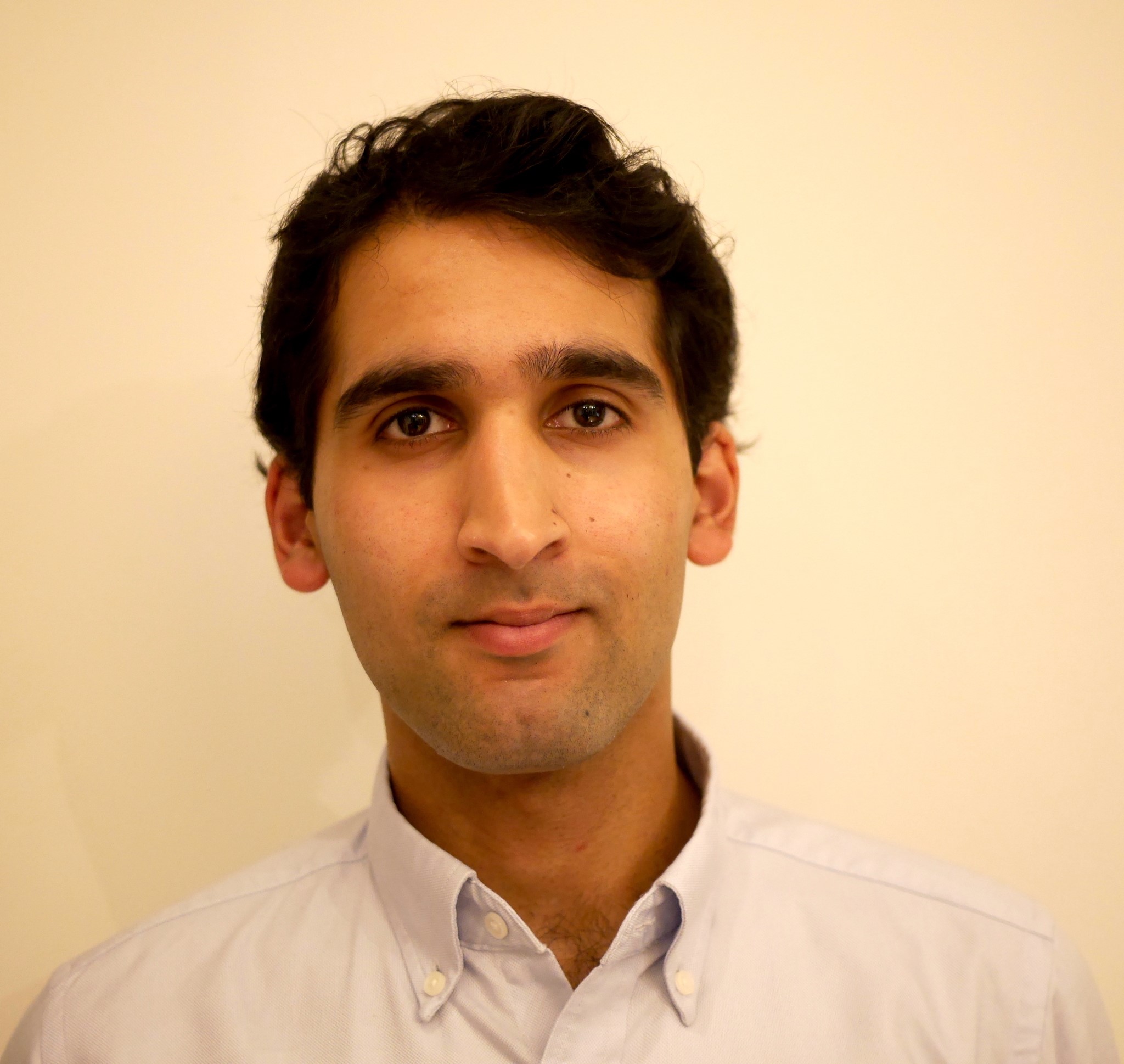Prediction of intraoperative time in ophthalmology
My Topol fellowship problem / project:
A common problem in the theatre setting is the effective allocation of theatre time. If we can accurately predict intra-operative time for ophthalmic procedures, then we can have more efficient allocation of resources and streamline costs.
The key components to operative time are the pre/post operative period of moving patients in and out of theatre, the anaesthetic time if relevant and intra-operative time. I am looking at intraoperative time in the context of ophthalmology. Specifically, I will be reviewing prediction of operative time for macular hole surgery, as there is always associated imaging data, with a view to implementing a neural network model in the future to improve the model.
The success of the project will rest on how accurate the model will be at predicting intraoperative time in the retrospective dataset and then going forward validating on prospective patients. This will be compared to the ground truth of procedure time as well as the time predicted currently by the electronic health record system. We would look to implement this model for use with our electronic health records in the future, to allow for better theatre allocation and real improvements in our service.
About me
I am an ST4 Ophthalmology trainee in North Thames currently undertaking a PhD in the field of medical and surgical retina.
My clinical work involves the medical, laser and surgical based treatment of eye conditions. We have seen a sea change in the delivery of care through digital technologies such as teleophthalmology, virtual clinics with imaging and the preliminary use of machine learning being employed in screening and triaging of common eye conditions such as age-related macular degeneration and diabetic retinopathy.
I have been involved in the creation and implementation of digital technologies in healthcare through being involved with the NHS clinical entrepreneur programme where I created a prototype for a smart phone-based vision testing application. I have also been involved with an AI chatbot prototype to aid with phone call queries at Moorfields Eye Hospital.
I see my future as a clinician delivering digital technologies to improve patient care, with a focus on screening and triaging of eye condition using tools such as machine learning technologies.”

